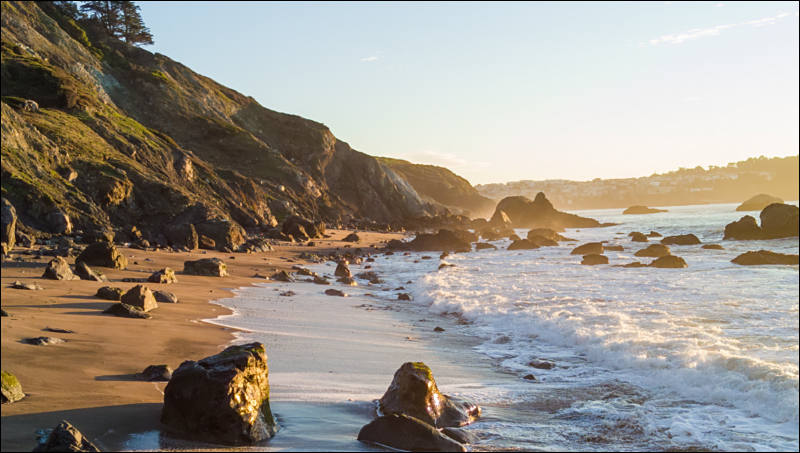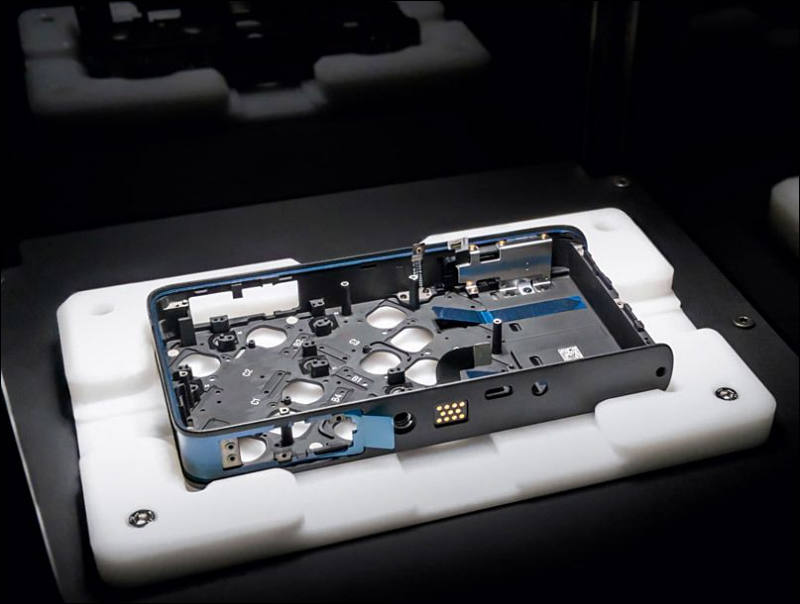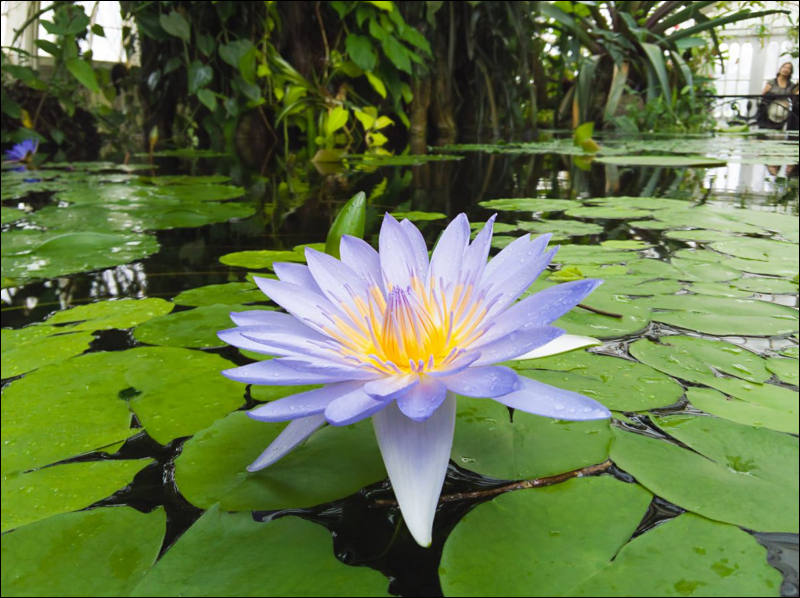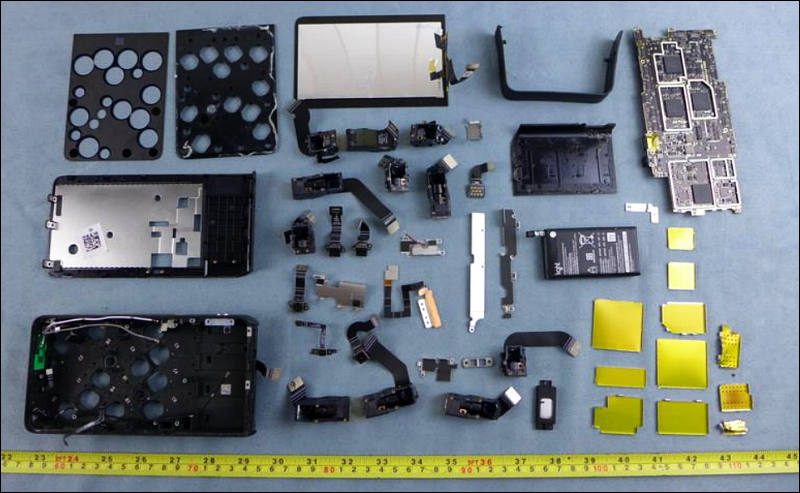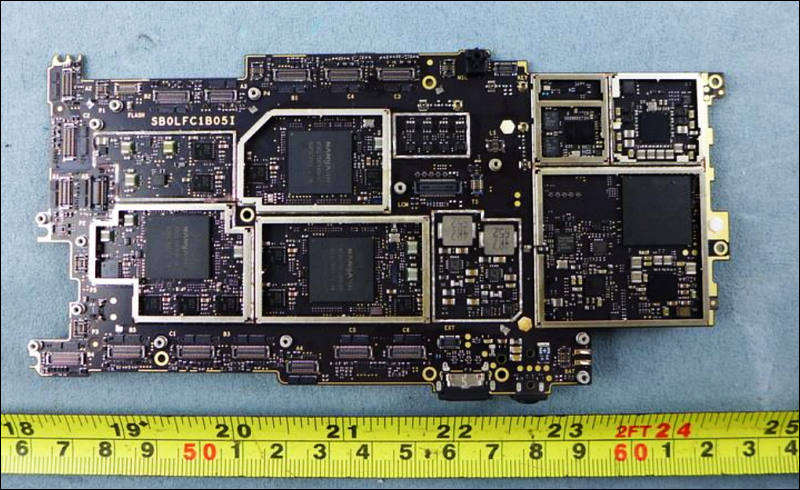
It allows to keep PV going, with more focus towards AI, but keeping be one of the few truly independent places.
-
Very strange product of startup that seems to be running out of investments.
- $1299 price.
- Allows to adjust focus and depth of field even after a photo is taken up to F1.2
- 35-150mm true optical zoom (huh)
- Good low light performance
- Low noise
- Uses only 3 fast prime lenses
- Up to 52MP interpolated images
- Sixteen 13-megapixel camera modules at three different focal lengths – 35mm (5), 70mm (5) and 150mm (6)
-
@Vitaliy_Kiselev i have already posted this yesterday….. r u double posting me? lol
-
I am, I missed your post, sorry.
-
its ok u can delete my post….
-
PR
Introducing Light L16 the world’s first multi-aperture camera with 16 lenses
- Camera of the future means magic moments are never missed
- Available to pre-order now
- Innovative design and technology, Light’s “L16” camera provides the same quality of a DSLR and the convenience of a smartphone
- Multiple 16-lens camera fuses images together, creating a single high quality image, up to 52 megapixels
- Retailing now at £1099, and available on pre-order now. This holiday offer is available until 1st January 2016
High-quality, beautiful photography becomes a more accessible feat with the world’s first 16-lens camera from Light ( https://light.co/ ). The debut L16 camera model features multi-lenses which work by fusing together multiple shots taken from each lens. The result – one single, high quality image of up to 52 megapixels.[BL1]
The L16 uses innovative technology, offering the quality of a DSLR that fits perfectly inside your pocket.[BL2] Its smaller, lighter, and better image quality are unrivalled by other cameras in its price class.
A travel-friendly, lightweight and portable camera, the L16 allows you to enjoy every moment, with its easy to use touch-screen interface, as well as the option to edit photos directly on the device, and allows phots to be shared on social media platforms. Compared to professional-grade cameras that require multiple lenses and add-ons, the L16 requires no additional equipment.
RRP at launch: £1,199. Pre-order the L16 now for a £100 discount – available for a limited time. Shipment will take place late 2016. Pre-order here http://light.co/holiday
-
When we launched L16 pre-orders, we planned to provide 35-150mm optical zoom equivalent. Many of our pre-order customers emailed us asking for a wider focal length, and we listened. Today, we are pleased to announce that the shipping L16 Camera will have a 28-150mm optical zoom equivalent. This wider zoom range will make for more dramatic landscapes, more interesting street and architectural photos and a more versatile camera overall.
-
Interesting new read
I knew that cellphone camera lenses were molded out of plastic—that’s why they were so inexpensive. And thanks to cellphones, molded plastic lens technology had been nearly perfected over the previous five years to the point where these lenses were “diffraction limited”—that is, for their size, they were as good as the fundamental physics would ever allow them to be. Meanwhile, the cost had dropped dramatically: A five-element smartphone camera lens today costs only about US $1 when purchased in volume. (Elements are the thin layers that make up a plastic lens.) And sensor prices had plummeted as well: A high-resolution (13-megapixel) camera sensor now costs just about $3 in volume.
By using many modules, the camera could capture more light energy. The effective size of each pixel would also increase because each object in the scene would be captured in multiple pictures, increasing the dynamic range and reducing graininess. By using camera modules with different focal lengths, the camera would also gain the ability to zoom in and out. And if we arranged the multiple camera modules to create what was effectively a larger aperture, the photographer could control the depth of field of the final image.
All the lenses in the L16 are molded plastic, and all the camera modules capture images using standard CMOS sensors, similar to those used in smartphone cameras. Each camera module has a lens, an image sensor, and an actuator for moving the lens to focus the image. Each lens has a fixed aperture of F2.4—that is, the focal length of the lens divided by its diameter is equal to 2.4. (A lens with a lower F number has a larger aperture and so lets in more light.)
Our first-generation L16 camera will start reaching consumers early next year, for an initial retail price of $1,699. Meanwhile, we have started thinking about future versions. For example, we can improve the low-light performance. Because we are capturing so many redundant images, we don’t need to have every one in color. With the standard sensors we are using, every pixel has a filter in front of it to select red, green, or blue light. But without such a filter we can collect three times as much light, because we don’t filter two-thirds of the light out. So we’d like to mix in camera modules that don’t have the filters, and we’re now working with On Semiconductor, our sensor manufacturer, to produce such image sensors.
-
More info
EVT4 is the first build we’ve completed with our production ASIC (Application Specific Integrated Circuit). The ASIC is the “brain” of the camera and is what we use to control all of the L16’s camera modules. Consider that your traditional (non-computational) camera only has to control a single lens and a single sensor as you compose, focus, adjust and capture. The L16 requires simultaneous control of at least 10 discrete cameras (lens barrels, sensors, mirrors, etc.). Needless to say this requires an extremely advanced “brain,” which is why we designed a highly advanced ASIC specifically for this purpose.
There are 3 ASIC’s in each L16 Camera, each made using industry leading semiconductor processes. Each ASIC is comprised of a 533 MHz processor with multiple levels of internal caches and has up to 4GB of DDR memory support. Light has devised a proprietary MIPI data handling mechanism to be very power efficient. In fact, Light’s ASIC has more MIPI camera interfaces than any leading media or application processor in the semiconductor industry. In addition, each ASIC is loaded with Light’s exclusive lens, mirror, and sensor controls that enable the L16 to work its magic. The development of this chip marks major breakthrough and required an enormous amount of effort from the Light team.
-
Getting closer
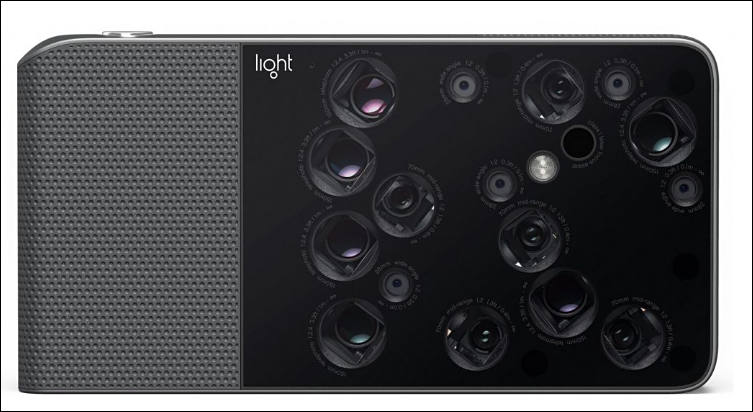
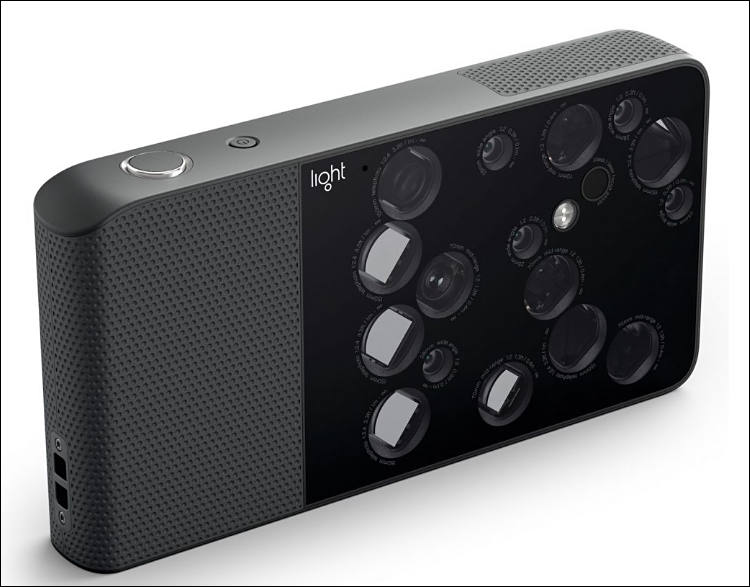

 sample1157.jpg753 x 412 - 46K
sample1157.jpg753 x 412 - 46K
 sample1158.jpg750 x 587 - 52K
sample1158.jpg750 x 587 - 52K -
After nearly four years of designing, prototyping, building, tweaking, improving, testing, and retesting, we are thrilled to announce that we started shipping the Light L16 camera to our pre-order customers today!
-

 sample994.jpg800 x 596 - 78K
sample994.jpg800 x 596 - 78K -
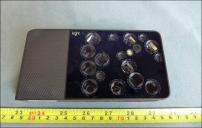
 s888.jpg800 x 508 - 65K
s888.jpg800 x 508 - 65K
 s889.jpg800 x 517 - 39K
s889.jpg800 x 517 - 39K
 s890.jpg800 x 493 - 73K
s890.jpg800 x 493 - 73K
 s891.jpg800 x 490 - 99K
s891.jpg800 x 490 - 99K
 s892.jpg800 x 427 - 54K
s892.jpg800 x 427 - 54K -
Article about severe issues even with demo images
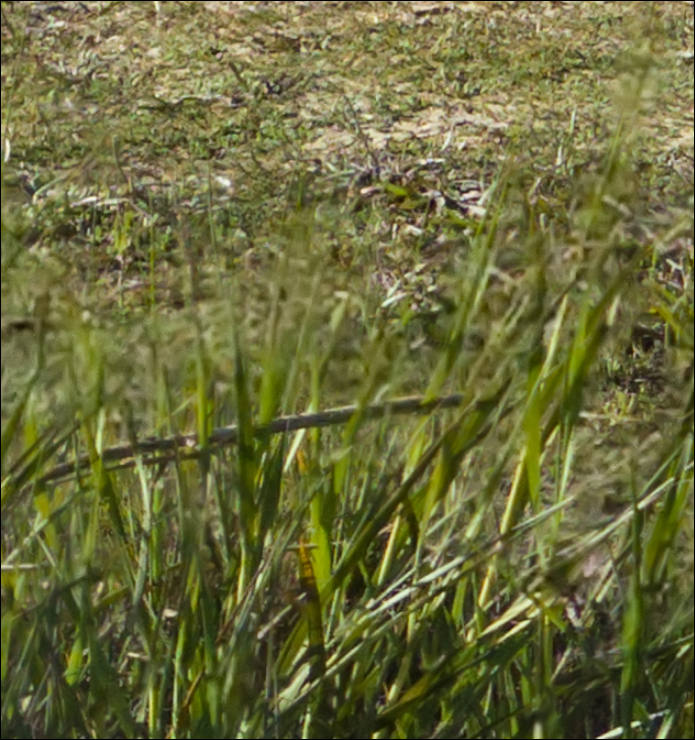
http://www.imaging-resource.com/news/2017/10/23/have-you-seen-the-light-l16-ready-or-not

 sa141.jpg695 x 740 - 111K
sa141.jpg695 x 740 - 111K -
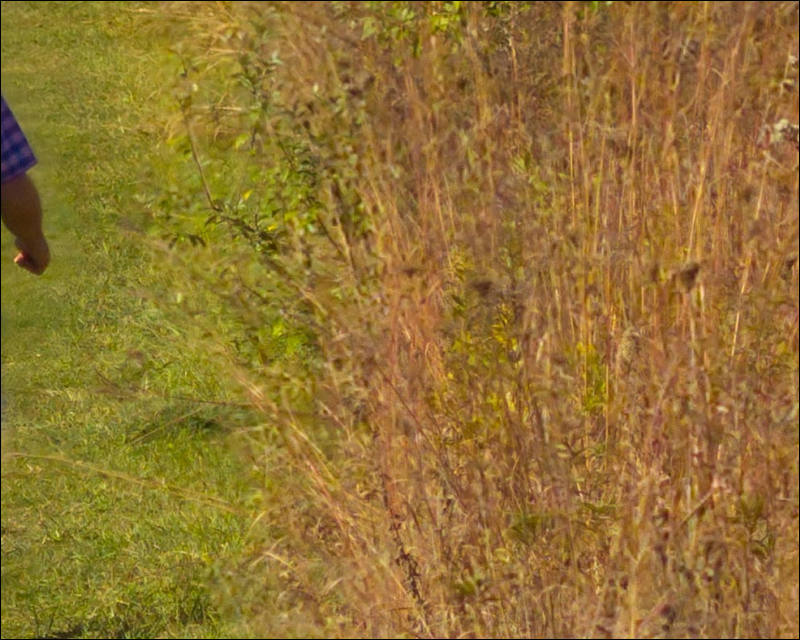
Camera is total mess

 sa546.jpg800 x 640 - 110K
sa546.jpg800 x 640 - 110K -
Actually all is eve worse than this:
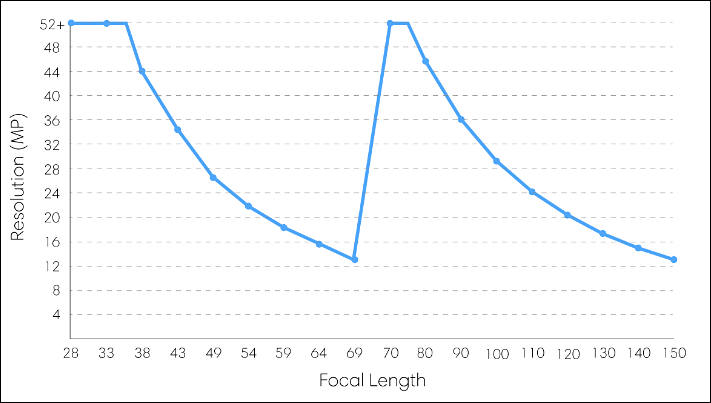
http://www.adventurealan.com/light-l16-computational-camera-hands-on-first-look/
Actually properly matching even two close cameras of same focal length in clos shots is impossible task.

 sa547.jpg711 x 403 - 37K
sa547.jpg711 x 403 - 37K -

 sa911.jpg797 x 597 - 108K
sa911.jpg797 x 597 - 108K -
Another pessimistic thing about it

https://www.imaging-resource.com/PRODS/light-l16/light-l16A.HTM#shooting

 sa2024.jpg800 x 593 - 75K
sa2024.jpg800 x 593 - 75K
Howdy, Stranger!
It looks like you're new here. If you want to get involved, click one of these buttons!
Categories
- Topics List23,992
- Blog5,725
- General and News1,354
- Hacks and Patches1,153
- ↳ Top Settings33
- ↳ Beginners256
- ↳ Archives402
- ↳ Hacks News and Development56
- Cameras2,367
- ↳ Panasonic995
- ↳ Canon118
- ↳ Sony156
- ↳ Nikon96
- ↳ Pentax and Samsung70
- ↳ Olympus and Fujifilm101
- ↳ Compacts and Camcorders300
- ↳ Smartphones for video97
- ↳ Pro Video Cameras191
- ↳ BlackMagic and other raw cameras116
- Skill1,960
- ↳ Business and distribution66
- ↳ Preparation, scripts and legal38
- ↳ Art149
- ↳ Import, Convert, Exporting291
- ↳ Editors191
- ↳ Effects and stunts115
- ↳ Color grading197
- ↳ Sound and Music280
- ↳ Lighting96
- ↳ Software and storage tips266
- Gear5,420
- ↳ Filters, Adapters, Matte boxes344
- ↳ Lenses1,582
- ↳ Follow focus and gears93
- ↳ Sound499
- ↳ Lighting gear314
- ↳ Camera movement230
- ↳ Gimbals and copters302
- ↳ Rigs and related stuff273
- ↳ Power solutions83
- ↳ Monitors and viewfinders340
- ↳ Tripods and fluid heads139
- ↳ Storage286
- ↳ Computers and studio gear560
- ↳ VR and 3D248
- Showcase1,859
- Marketplace2,834
- Offtopic1,320



